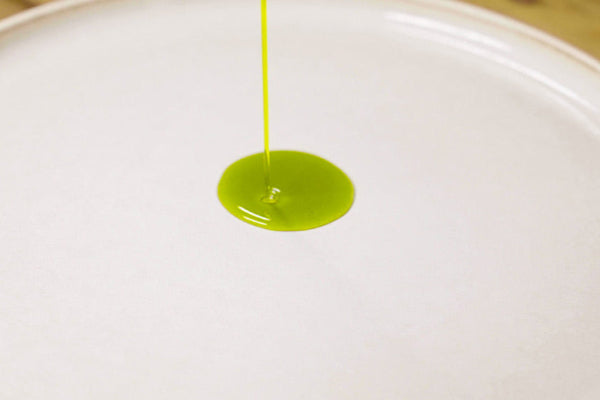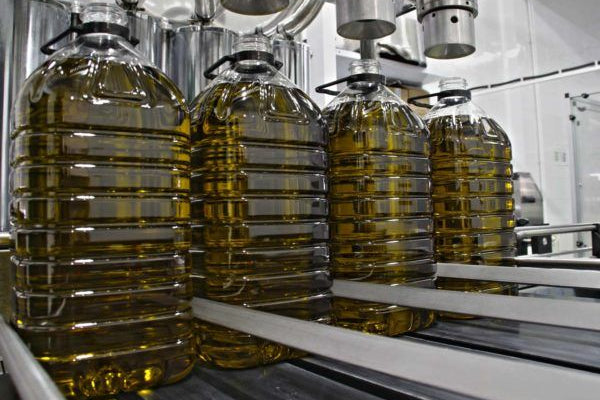
How and when to prune an olive tree? Keys to improve the harvest and the quality of the oil
At Olivarte, each bottle of extra virgin olive oil has been meticulously selected based on its quality, and we know that pruning the olive tree is one of the fundamental pillars to ensure the final quality of the oil.
Contrary to what we might think, pruning an olive tree is key to caring for this ancient tree, as it not only helps maintain its shape and health but also directly influences the production and quality of the olives.
Interested in: What is an olive mill?
For those of us who love the countryside and the scientific name olive tree, this post will be very interesting because we are going to explain how and when to prune an olive tree, giving you the keys so it grows strong and offers olives of exceptional quality. As you will see, it is much more than just cutting branches.
Why is pruning an olive tree so important?
Pruning the olive tree is essential to balance vegetative growth and fruit production. If the branches and leaves of an olive tree grow too much, its energy will be diverted to the foliage and not to the olives, which are what really matter.
Light and aeration:
A well-pruned olive tree allows sunlight to penetrate inside the canopy and air to circulate freely among the branches. This is crucial for the uniform development of the olives and to prevent the appearance of diseases and pests.
Vegetative-productive balance:
Pruning helps balance the growth of branches and fruit production. If the tree is overloaded with unproductive branches, the olives will be smaller and the oil quality will suffer.
Facilitates harvesting:
An olive tree with a clear and accessible structure makes the task of when to harvest the olive much easier and more efficient, avoiding damage to the fruits that would directly affect the quality and condition of the olives and, therefore, the EVOO.
Oil quality:
Obviously, healthy, well-nourished, and uniformly ripened olives are the foundation for obtaining extra virgin olive oil of the highest quality, like the one we carefully select at Olivarte.
As you can see, pruning is an essential step in the olive tree's life cycle, as important as knowing how to properly care for an olive tree to ensure a good harvest.
When to prune an olive tree?
The million-dollar question: when to prune an olive tree?
The answer depends on the climate and the olive variety, but generally, the best time to prune an olive tree is during the tree's vegetative rest period, that is, after the olive harvest and before flowering, which usually occurs between late winter and early spring, approximately from January to March.
This moment is ideal because the tree is resting, sap circulation is reduced, and the healing of cuts is more favorable. Also, pruning before flowering directs the tree's energy toward the development of future fruits.
How to prune an olive tree step by step?
Observe the tree:
Before starting to cut, take time to observe the tree. Try to identify dry, diseased, crossed branches, suckers (vigorous vertical shoots that do not bear fruit), and branches growing inward into the canopy, blocking light and air entry.
Use the right tools:
A fundamental aspect is to use clean, sharp, and disinfected pruning tools to avoid spreading diseases. You will need one-handed pruning shears, two-handed shears (pole pruners for higher branches), and a hand saw for thicker branches.
Remove the unnecessary:
You should start by cutting dry, diseased, or damaged branches. Then, remove suckers and branches growing inward into the canopy, which hinder aeration and light entry.
Open the canopy:
Now you need to open the center of the canopy so light reaches all parts of the tree. To do this, remove all crossing or overly dense branches.
Once you have done this, reduce the density of the branches that will bear fruit. Why? Because an excess of fruit can lead to smaller olives of lower quality. The key is to find the balance so each branch has enough space.
Clean cuts:
Make clean, angled cuts, close to the bud or main branch, to facilitate healing and avoid water accumulation.
Formative pruning (in young olive trees):
In young olive trees, pruning focuses on shaping the tree, aiming for a main trunk and a few well-distributed main branches that will form the structure of the adult olive tree.
How does olive tree pruning influence the quality of extra virgin olive oil?
Finally, it must be clear that proper olive tree pruning not only increases olive production but also improves fruit quality. A well-balanced olive tree produces more uniform olives, with better ripening and higher concentrations of beneficial compounds, such as polyphenols.
These compounds are responsible for the intense and balanced flavor of extra virgin olive oil, as well as the health properties of this product, considered "liquid gold."
In fact, not only the fruit but also the olive leaf contains compounds with multiple benefits. If you are interested in learning more about this topic, we invite you to discover the properties of the olive leaf on our blog. Therefore, good pruning is the first step to ensure that when the time comes to harvest, the olives are at their optimal point.





Leave a comment
This site is protected by hCaptcha and the hCaptcha Privacy Policy and Terms of Service apply.